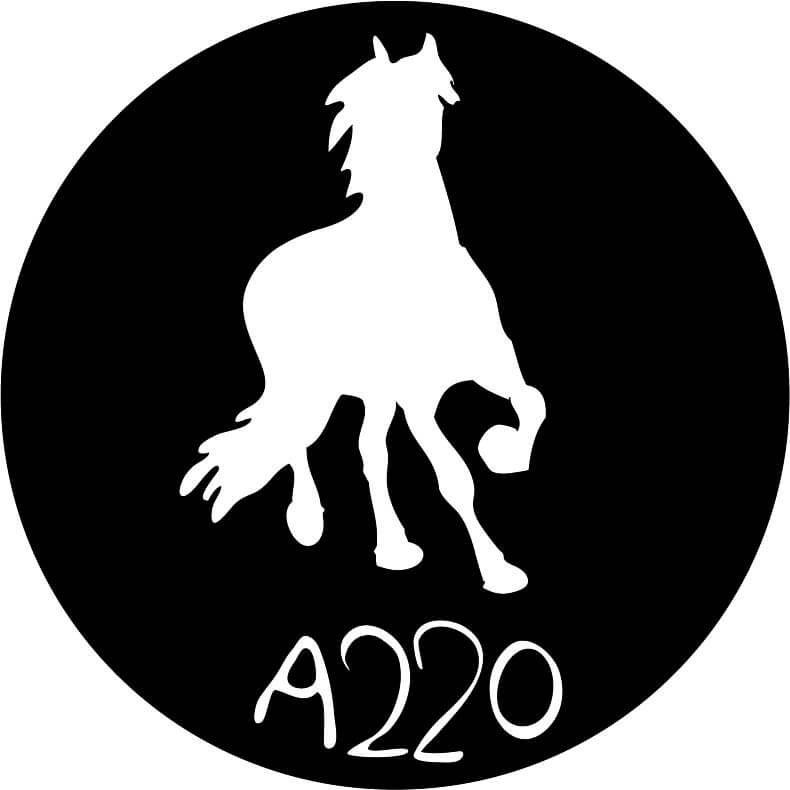At some point in that same year, 1884, Pearl, accompanied by her younger sister, Kitty (Catherine Amelia, 1873-1957), ran away from home. According to an account given to Francis Reno in 1899, “The two, dressed as boys, made their way by boat to Buffalo, N.Y., where they worked for a while in a factory where children were employed.”[xiii] Some eight weeks later, they were traced by their parents and returned to Orillia. As would soon become clear, this incident, far from being unique, would set the pattern for Pearl Hart’s subsequent, turbulent career, demonstrating as it did both an urge for freedom that would not be denied and the first steps in an outlaw life.
November 1, 2021 at 12:00 (high noon)
Copyright © 2021 A.H. Furlong and John Exshaw. All Rights Reserved.
Next chapter coming soon.
__________________
[i]https://en.wikipedia.org/wiki/Pearl_Hart
[ii]‘Grief of a Mother’, Arizona Daily Star (Tucson), 26 November, 1899, page 1, et al. The letter was apparently first published in the Phoenix Daily Herald but was widely reprinted throughout the territory. Some later references to the letter published outside Arizona did mistakenly refer to Taylor as Pearl’s brother; see, e.g., ‘Arizona Brevities’, The Los Angeles Daily Times, 3 May, 1900, page 10.
[iii]It may be noted that Lilly’s older brother, William B. Davy (1869-1955), in a letter written to the Arizona Pioneers’ Historical Society and dated 26 May, 1954, claimed that she was born in nearby Peterborough, Ontario. Said letter is now held in the Arizona Historical Society’s remarkably inadequate file on Pearl Hart.
[iv]Although the Davy children used this spelling, it appears as ‘Davey’ in the 1881 census and in most contemporary newspaper reports.
[v]County Judge’s Criminal Court’, Peterborough Review (Peterborough, Ontario), 28 September, 1877.
[vi]‘Orillia – The Adventures Of The Davey Family’, The Canadian Post (Lindsay, Ontario), 18 May, 1888. In the same report, Chief McKinnon of the Hamilton police recalled hearing that Annie had succeeded in having Albert jailed for abusing her.
[vii]‘Cobourg – An Atrocious Crime’, The Canadian Post (Lindsay, Ontario), 7 November, 1884.
[viii]‘Was There Foul Play? – Mysterious Disappearance of Mrs. Davey, late of Campbellford’, The Campbellford Herald (Campbellford, Ontario), 23 October 1884, and ‘Cobourg – An Atrocious Crime’, ‘The Canadian Post (Lindsay, Ontario), 7 November, 1884. While the accounts of Mrs. Davy’s disappearance in these two newspapers differ slightly in certain details, they are the same in substance.
[ix]‘Was There Foul Play? – Mysterious Disappearance of Mrs. Davey, late of Campbellford’, The Campbellford Herald (Campbellford, Ontario), 23 October 1884.
[x]‘Arrested For Wife Murder’, The New York Times (New York), 20 October, 1884.
[xi]‘Cobourg – An Atrocious Crime’, The Canadian Post (Lindsay, Ontario), 7 November, 1884.
[xii]‘Ten Years in the Penitentiary’, The Campbellford Herald (Campbellford, Ontario), 13 November, 1884.
[xiii]Reno, Francis – ‘Chicago Girl Bootblack As An Arizona Bandit’, The Inter Ocean Magazine (Chicago, Illinois), 17 April, 1904, page 1.






Join the Discussion
Contribute to the project; we want to hear from you. Please fill out the form below and we will be in touch.